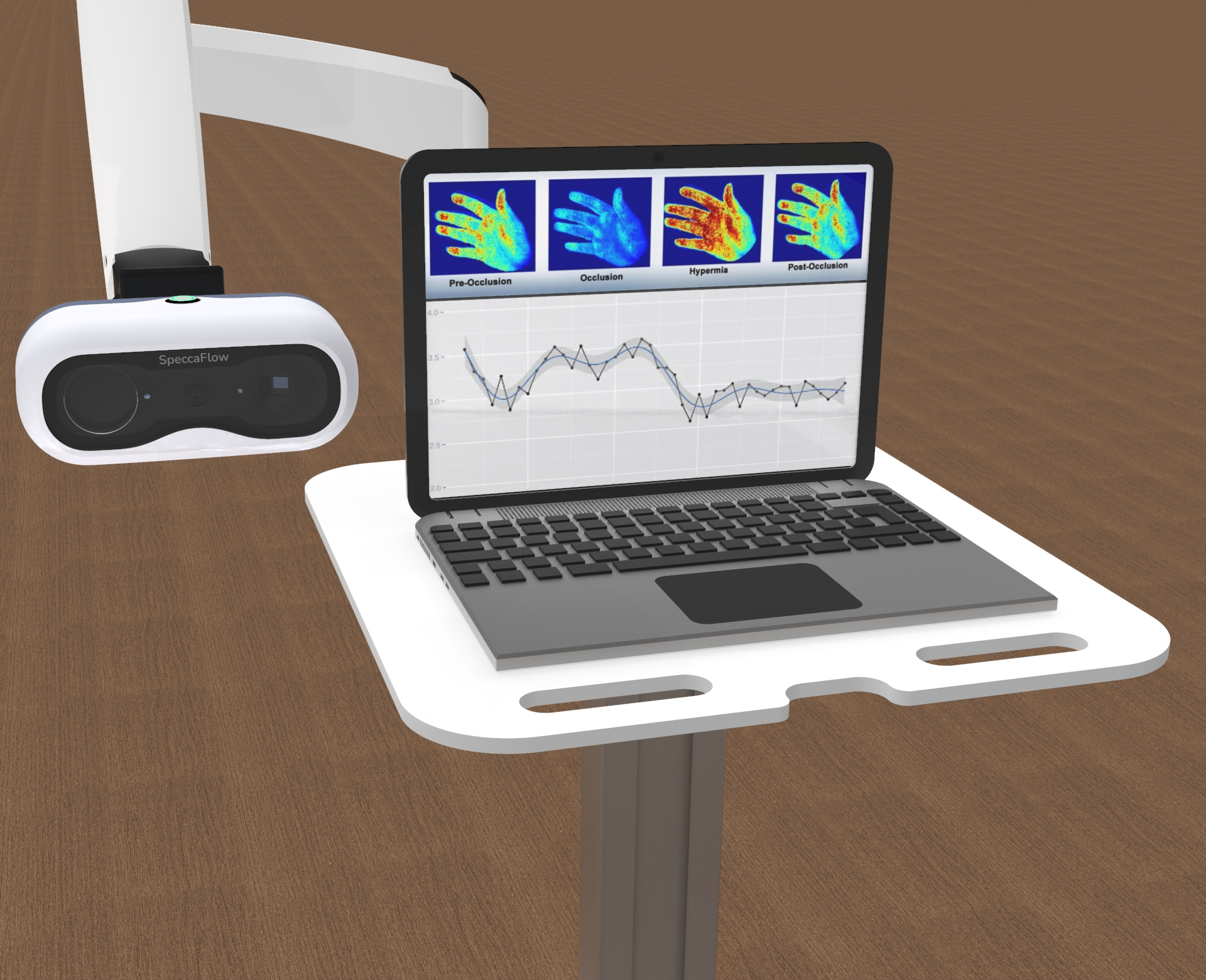Interview with Mr. Amaldev

26 December 2021 | Mihir Kavishwar, Adil Khan, Amol Shah
In the second part of our coverage on the global chip shortage, we talk with Mr. Amaldev on various aspects of his work and how it has been affected by the ongoing chip shortage. Mr. Amaldev Venugopal is a senior engineering project manager at the Tata Center for Technology and Design, IIT Bombay. He currently leads a health-tech research group that aims to develop affordable point-of-use diagnostic solutions for deployment in primary and secondary-care contexts. He is also a technology consultant at several startups and large companies: he offers them guidance in product development and technology interventions for their product roadmaps. Additionally, he is the co-founder of an early-stage deep-tech medical imaging startup called Epocare. In 2015, he co-founded APCAD Instruments, a successful music-tech hardware startup based in Berlin and Mumbai. Mr. Venugopal received an MTech degree in Electrical Engineering from IIT Bombay in 2015.

Q. Can you tell us about the different kinds of projects that you work on at the Tata Center?
I lead a health-tech group that primarily focuses on making affordable point-of-care devices. For example, we have developed a handheld imaging device that enables a rural health worker to screen women for cervical cancer. It has an AI-based learning approach that can help diagnose based on the severity of legions found. It enables a remote consultation sort of arrangement.
Another major project we work on is a Digital Pathology device. Typically, if you have some growth in some part of your body, you get a biopsy surgery done. That tissue gets sliced into very thin sections, and that gets placed on a glass slide. A pathologist looks at this slide under the microscope and creates a report. The problem in rural areas is that there are no pathologists, so the slides have to be sent to a tier 1 city where good pathologists are present. They create a report and send it back. This process has a 2 to 3 weeks turnaround time. We are trying to cut down on that with a digital pathology scanner. Once you put in a glass slide in the scanner, it's like an automated microscope - it goes at multiple spots, scans the entire slide, digitizes it, and uploads it. To give you a scale of complexity, a 15mm x 15mm slide corresponds to around 3000 images at a very high resolution. We have our own algorithms for stitching and our own cloud platform also for the reporting process. Currently, the cost of a commercial digital pathology scanner is around one crore or so. We want to do it under five lakhs sort of price point.
There are multiple other projects which Tata center handles across several verticals such as energy, housing, pollution, waste management, etc.

Q. When did the global chip shortage start affecting you, and what challenges are you currently facing?
I regularly have to place orders for various electronic components. Around late December last year, I started to see that lead times were getting longer. By January, everyone had begun hoarding the few available components in anticipation of a shortage, further worsening the situation.
You can't buy anything these days. Usually, you base your design on a circuit and have some idea of the integrated circuits (ICs) you would like to use. In the current scenario, all of that goes for a toss. Let's say I'm using some IC, and I'm writing my entire firmware stack. Now you find that you have enough for prototyping, but you can't buy if you want more. There isn't much we can do because the lead times for many of these components are currently more than a year, optimistically speaking.
There is a particular microcontroller that we wanted to use. Around 1500 were available with the vendor. However, from the moment I thought of putting it into the cart and checking out, the entire 1500 was bought by someone. When I contacted the vendor, he said that some other clients already booked the order. The lead time for that microcontroller is Dec 2022, so I can't use that controller in my board and have to redesign and redo my firmware.
If I am trying to prototype something with my clients, I first try to figure out which ICs are available and do a rough sketch. Then I purchase a sufficient number of the available ICs so that we at least have enough for prototyping. This is not an ideal way to design, but that's a hit you have to take; there is no alternative till this entire thing eases off.
Q. Are there any specific components or chips of some particular technology node that are short in supply?
The most cutting edge, sub-10nm devices are not affected much because dedicated fabs are running full time to cater to that market. Mobile phones and laptops are prime hot king selling devices. The older nodes and stable designs are most affected.
All the fast-moving ICs and components which were popular in the market are getting exhausted quickly. At the moment, we have to rely on less popular parts to use in our designs. It is not necessarily the case that these parts are less reliable or inferior in quality, but to switch from a familiar component to an unknown one takes a lot of effort. Say we are used to working with a particular IC, and our development and firmware teams know the entire toolchain. Now we need to write in a different firmware and alternative development toolchain altogether, and this causes several issues.
Q. Are there alternative ways of procuring components? How are companies dealing with the shortage?
There is nothing much that we can do other than wait for the crisis to mitigate. Earlier, you could find some components in the grey market and use that for prototyping (but not for the final product). Usually, big companies buy ICs in a reel format because they can be easily fed into a pick-place machine to assemble a PCB. If some company is making a product X, and say they buy a reel of 2500, but their requirement is only 2000. Then the rest is useless and is sold by the manufacturer in the grey market. If you know the right vendors, you can get your hands on these. But the quality of these components is not guaranteed.
You can reach out to the manufacturer and ask them for the lead time. But if your order quantities are significantly less, they wouldn't care about you because they have bigger clients to cater to their first batch of ICs. Then the only solution is to redo your design.
Auto manufacturers are being forced to scale down or shut down production because they can't get a particular IC. They need to use that specific IC because that's a stable design. They have spent months developing the PCB, writing the firmware, and everything. Once a product is made, it goes through an immense amount of certification cycles. In the automotive industry, crores of rupees are spent on EMC compliance, product testing, etc. If there is some part in the critical chain that you need to replace, you need to go through the same certification route to ensure the product is compliant. You can't say that I just replaced X product with Y. In hardware, the primary issue is that your entire hardware production cycle is dependent on the slowest component in the chain. Even if one capacitor is missing in the product chain, you can't ship that product.
Visit Amaldev's blog to reach out to him for some tech help or advice by using the link - http://amaldev.blog